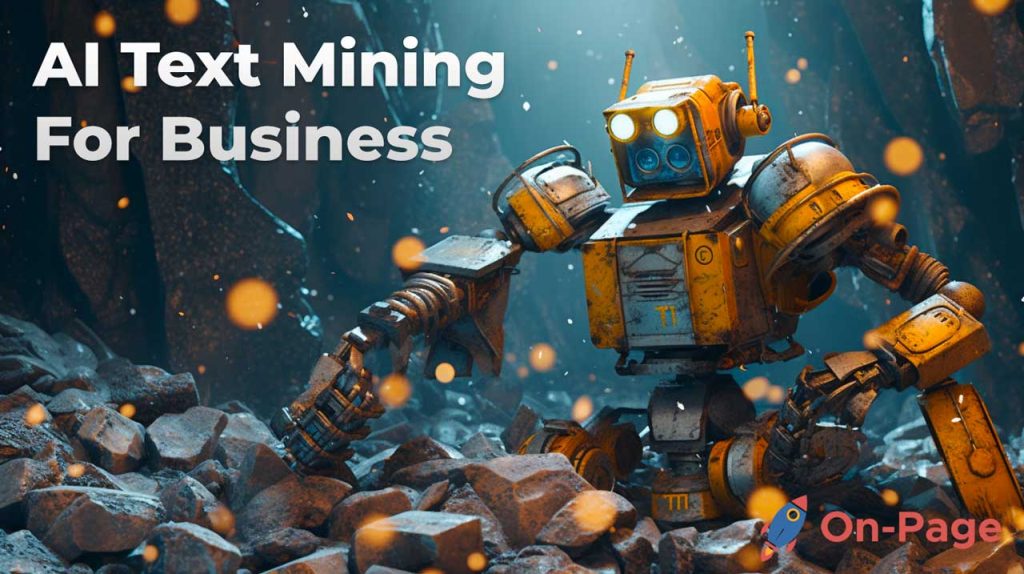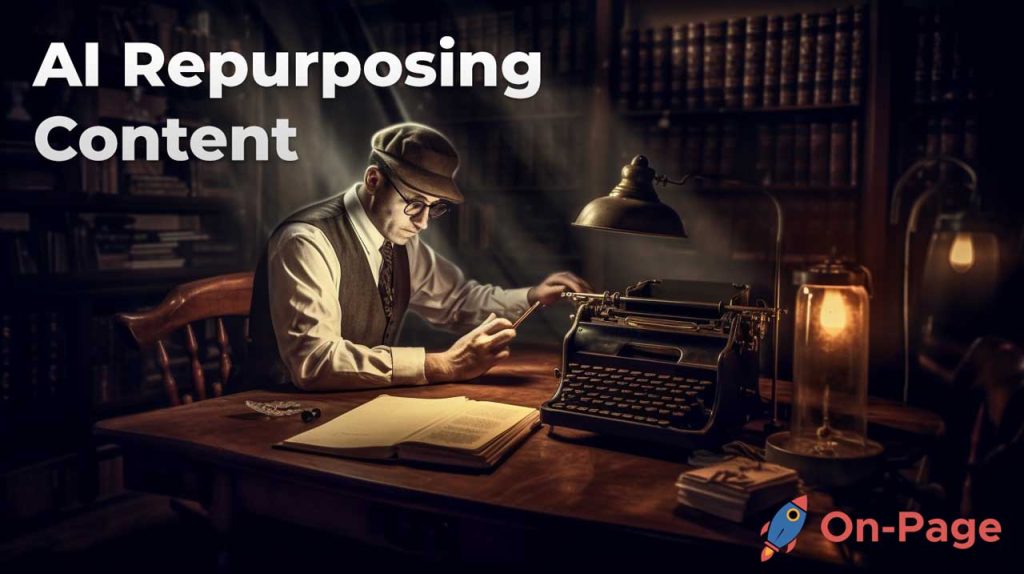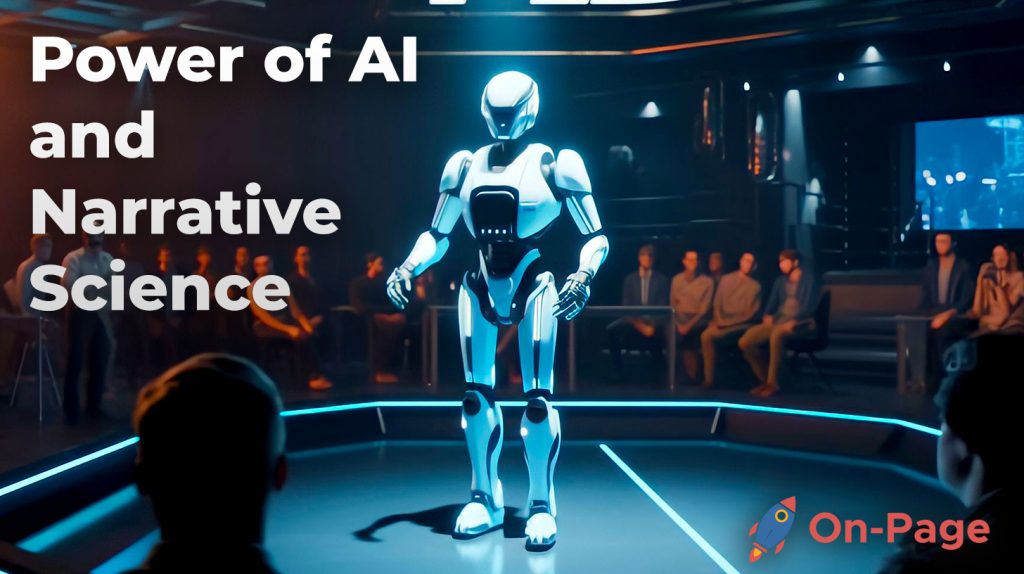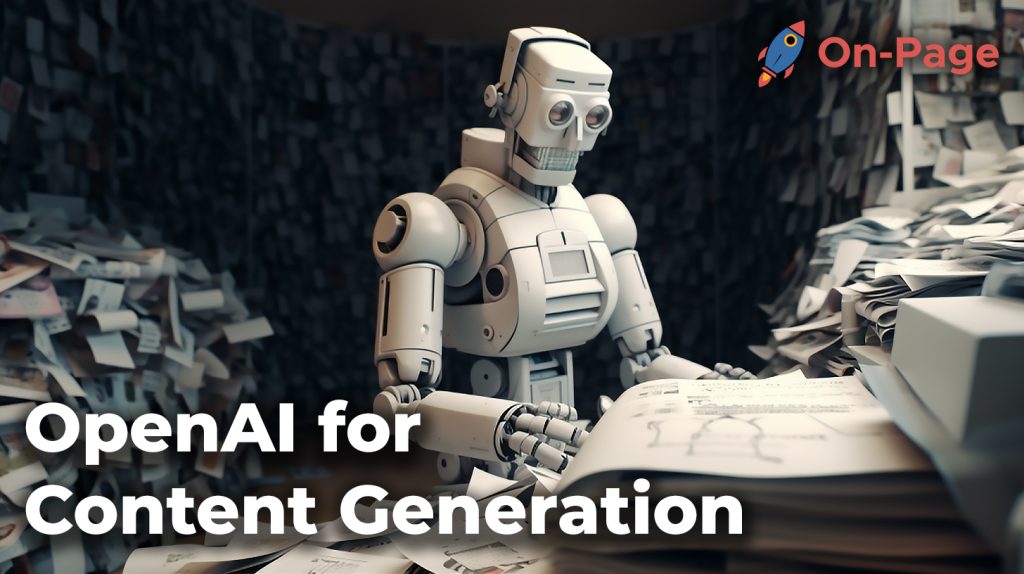
Imagine harnessing the genius of thousands of award-winning writers, marketers, and SEO experts at once – whenever you need them. What if you could unleash this creative force every time you needed to generate compelling content? The secret to unlocking such a powerful arsenal lies in OpenAI, an AI-driven tool that can revolutionize your content marketing game. Dive into the world of OpenAI to experience how your online presence can flourish like never before. Let’s embark on a transformative journey where boundaries blur between artificial intelligence and human creativity, unleashing endless possibilities for captivating content generation. Are you ready?
OpenAI is involved in content generation through their cutting-edge language models, such as GPT-3. These models use machine learning and natural language processing to create human-like content, including blog posts, product descriptions, and ad copy. OpenAI’s Jasper Brand Voice also allows businesses to teach AI about their company’s facts, audience, style guide, and product catalogs to ensure on-brand messaging.
OpenAI’s Approach to Content Generation
OpenAI has revolutionized the way we think about content creation by using machine learning and natural language processing (NLP) to generate human-like text. The approach involves teaching algorithms to understand syntax, grammar, and style to create coherent and cohesive sentences that read like they were written by humans. This has significant implications for businesses looking to scale their content creation efforts while maintaining quality and consistency.
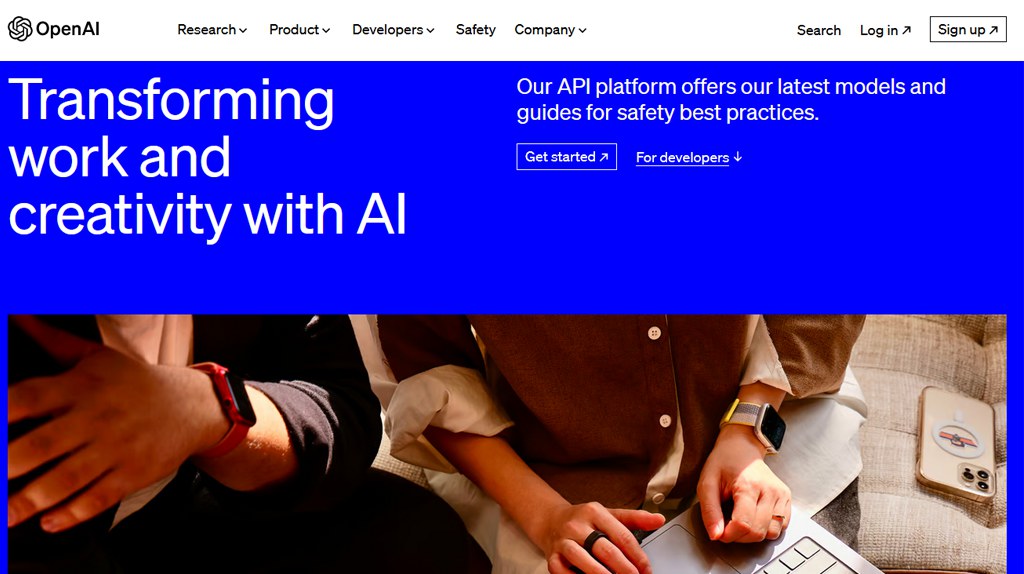
One of the key advantages of OpenAI’s approach is its ability to learn from a vast amount of data. By feeding its algorithms with massive amounts of text from various sources, including books, blog posts, social media messages, and news articles, OpenAI can effectively teach its models how to write in different styles and tones. This ensures that the generated content matches the brand’s voice while conveying the intended message.
For instance, a fashion retailer could use OpenAI to generate product descriptions for hundreds or thousands of items in seconds instead of hours. This would save considerable time and reduce human error while improving SEO performance and website traffic.
Boosting SEO performance and website visits is something On-Page.ai also specializes in. For instance, if you’re looking to produce quality content in bulk for your content marketing, features like the Stealth AI Writer and Rewriter can handle this easily and effectively. All you need to do next is watch your website traffic rise and your conversions swell.
Additionally, OpenAI’s emphasis on NLP enables it to generate highly readable and engaging content. NLP is responsible for recognizing natural language patterns such as sarcasm, idioms, colloquialisms, and cultural nuances. It ensures that text generated by OpenAI is not only grammatically correct but also contextually appropriate.
On the flip side, some argue that AI-generated content lacks authenticity and creativity since it relies heavily on preexisting data sets. Unlike human writers who can come up with original ideas, AI works within the confines of acquired knowledge. However, this is not necessarily a problem since most marketing messages are direct responses to customer needs or preferences rather than pieces of literary art.
Now that we have seen how OpenAI approaches content generation let us take a deeper dive into GPT-3 and natural language processing.
GPT-3 and Natural Language Processing
GPT-3, or Generative Pre-trained Transformer 3, is OpenAI’s most successful model to date. It is a neural network designed specifically for NLP tasks such as conversational agents, question-answering systems, and text completion. The model has 175 billion parameters, making it one of the largest language models in existence.
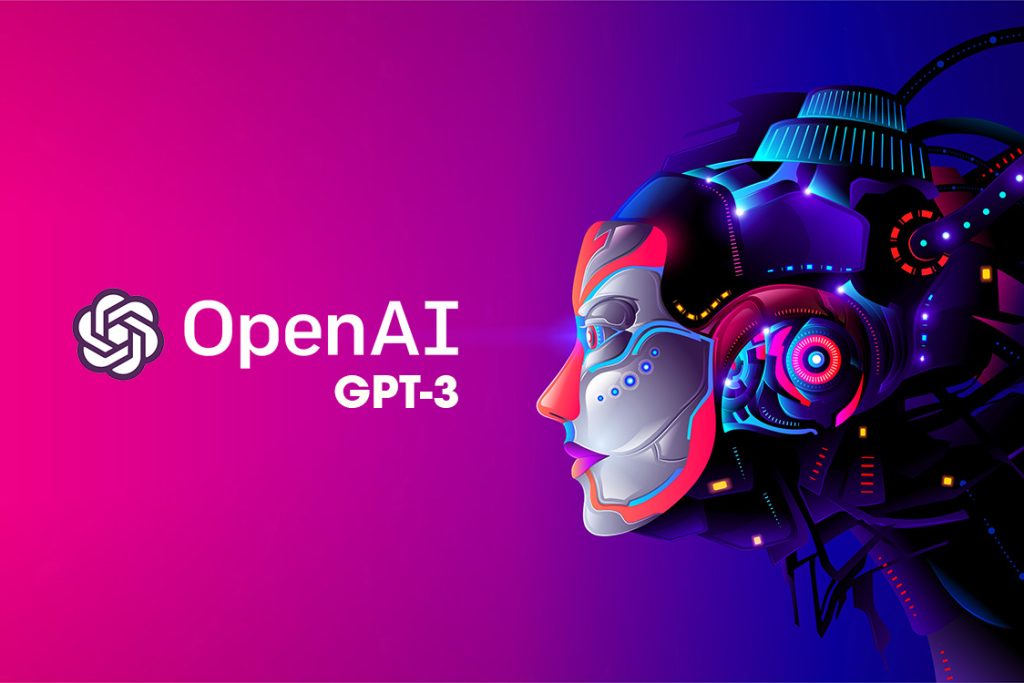
One of the notable features of GPT-3 is its ability to perform a wide range of language tasks without requiring any additional training. Its impressive performance on various benchmarks has made it a go-to tool for natural language processing specialists and content creators alike.
For instance, GPT-3 can complete sentences or paragraphs from scratch with almost no input from human users. This makes it ideal for generating product descriptions, social media posts, or even entire articles with high accuracy and relevance.
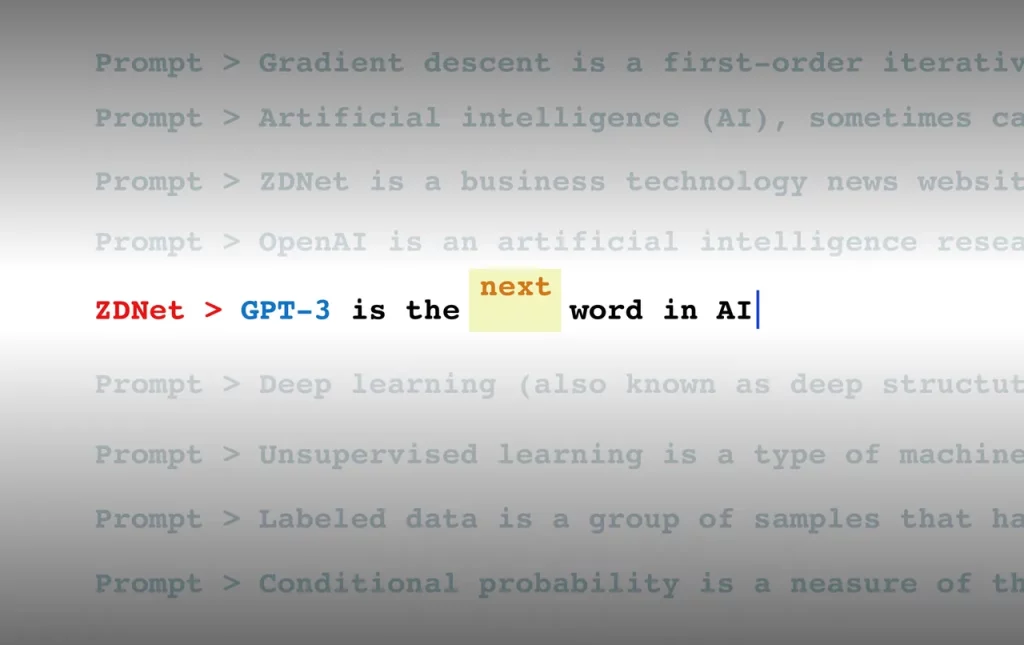
Moreover, GPT-3 can also emulate different writing styles, tones, and voices. This allows businesses to create content that resonates with their target audience while conveying authenticity and personality.
On the other hand, there are concerns about the ethics of using AI-generated content since it could potentially lead to an increase in disinformation or manipulation. As AI becomes more powerful and sophisticated, it is essential to ensure that it is only used for ethical purposes.
In the next section, we will explore Jasper – OpenAI’s suite of content generation tools designed for on-brand messaging.
- GPT-3 is a highly successful NLP model with 175 billion parameters, capable of performing a wide range of language tasks without additional training. It can generate content with high accuracy and relevance and emulate different writing styles, tones, and voices. However, there are ethical concerns about the use of AI-generated content. Jasper – OpenAI’s suite of content generation tools – will be explored in the next section for its ability to provide on-brand messaging.
Scaling and Semantic Analysis

One of the main advantages of AI-powered content creation is its ability to scale up the production of content. With traditional content creation, each piece is produced by a writer who puts in hours of research, writing and editing to produce high-quality content. However, with AI, it’s possible to produce large volumes of text quickly and efficiently.
For example, you need to generate a lot of articles for your business blog or product descriptions for your e-commerce brand, you can always rely on an automated AI writing tool to take care of this for you. No need to spend countless hours researching, writing, and optimizing content. Let On-Page.ai handle this and you can then focus on other more important things in your biz!
Semantic analysis is one key aspect that allows AI to generate meaningful text at scale. Unlike traditional keyword-based algorithms that simply match search terms, semantic analysis aims to understand the meaning behind words and phrases. In other words, it seeks to replicate human-like understanding of language.
Using this technique, AI systems can identify context and relationship between words, which enables them to generate text with similar contextual relevance. This has led to great strides in natural language processing (NLP) where even complex sentence structures and paragraphs are created effortlessly by AI engines such as GPT-3.
For instance, let’s say you need to write 500 product descriptions for an e-commerce site. Traditional methods would require a team of writers who would likely take several weeks or months to complete the task. In contrast, an AI-powered tool such as GPT-3 can create all the required descriptions within a fraction of the time. With semantic analysis capabilities, these descriptions will be more contextually relevant and lead to higher engagement rates for end-users.
Furthermore, businesses can harness the power of scaling and semantic analysis to target specific audiences across multiple languages and platforms. Multinational companies can create marketing campaigns across geographies with localized messaging that speaks directly to their customers’ needs.
However, some argue that AI-powered content generation lacks creativity and may fall short in producing truly original work that resonates with readers on an emotional level. While this may be true for certain types of content like novels or poetry that require creative flair, most digital content such as product descriptions or technical manuals do not require the same level of creativity.
Jasper: OpenAI’s Content Generation Tools
Jasper is OpenAI’s suite of AI-powered content creation tools that aim to help businesses generate on-brand messaging at scale. The key advantage of Jasper is its ability to learn a brand’s style guide and product catalogs, ensuring brand consistency across all generated copy.
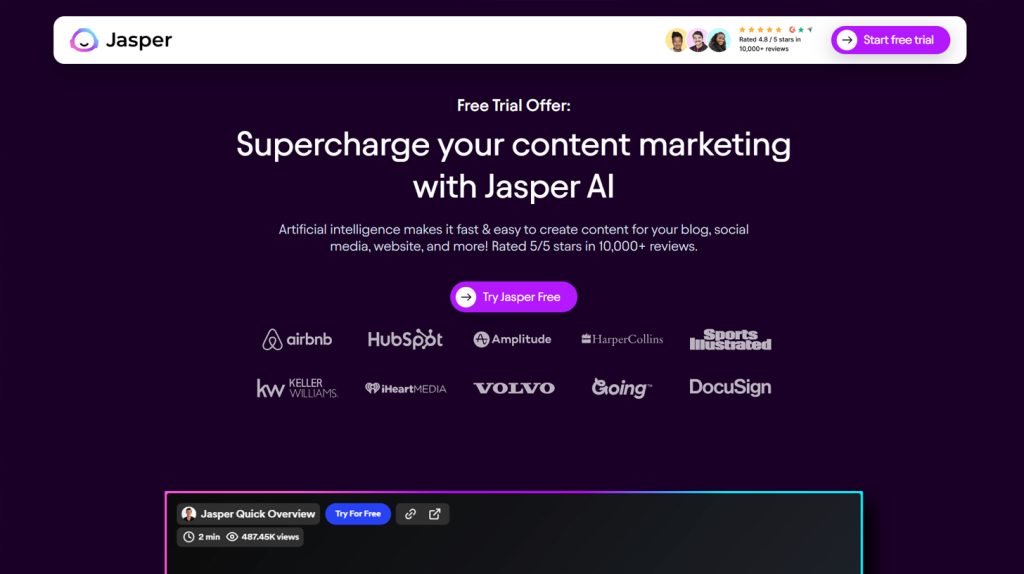
Jasper offers a range of products including Jasper App, Jasper API, Chatbot, Browser Extension, and Art that bring AI-generated text into businesses’ workflows. One particularly useful feature is its Template Library that has pre-existing copy templates for various business verticals such as e-commerce, hospitality or finance. This allows users without prior experience in copywriting to produce professional-grade content quickly.
Another noteworthy feature is Language Translation that makes it easy for businesses with a localized presence to produce content in multiple languages. With this feature, companies can take marketing campaigns beyond their home markets and target customers globally.
In addition to these advanced features, Jasper also offers Campaigns where businesses can create targeted content-based campaigns within different channels such as social media or email marketing. Education Support through their blog, live Q&A sessions and Gen AI conference rounds out Jasper’s offerings with the aim of educating businesses about the application of AI-powered content generation techniques.
By leveraging the power of AI-generated text through Jasper, businesses can free up resources for other critical tasks while driving better engagement rates by producing more relevant copy that resonates with customers.
Think of Jasper as your personal army of writers who understand your brand and product catalogs inside-out. It learns from your existing website pages and company-specific language thereby making sure whatever it generates would be directly applicable in terms of narrative flow and tone.
However, one key concern with AI-generated text is the risk of biased content production. As AI-driven writing is only as good as the dataset it is trained on, care should be taken to include diverse sources of content to account for a broad range of perspectives and experiences.
Products and Features for On-Brand Messaging
OpenAI’s Jasper Brand Voice is designed to help businesses ensure on-brand messaging across all their digital channels and employs various products to achieve this goal.
One of Jasper’s essential products is the Jasper App, which is a powerful tool that simplifies content creation. Brands can use the app to develop real-time communication that resonates with their audience. Given its ability to use natural language processing, the app can identify what customers are saying about a brand or product and recommend an appropriate response based on the brand’s style guide.
[Jasper API] is another crucial product offered by Jasper. It lets companies integrate AI-powered language generation into their existing apps, whether these are chatbots or other customer-facing software solutions. The API supports different use cases, including making blog post suggestions, creating captions for social media posts, and more.
Jasper also offers a Chat platform that works similarly to a virtual assistant but with access to all the information available about your brand. The idea here is to create an AI-based system that can explain complex or technical concepts easier than might be possible through traditional text alone. By doing so, brands can establish themselves as thought leaders and build trust with their customers.
And then there is [Jasper Art], a set of design tools that can help businesses create visual assets consistent with their visual branding guidelines. These include things like logos, icons, and infographics and can provide an excellent way for businesses to convey complex ideas and information visually.
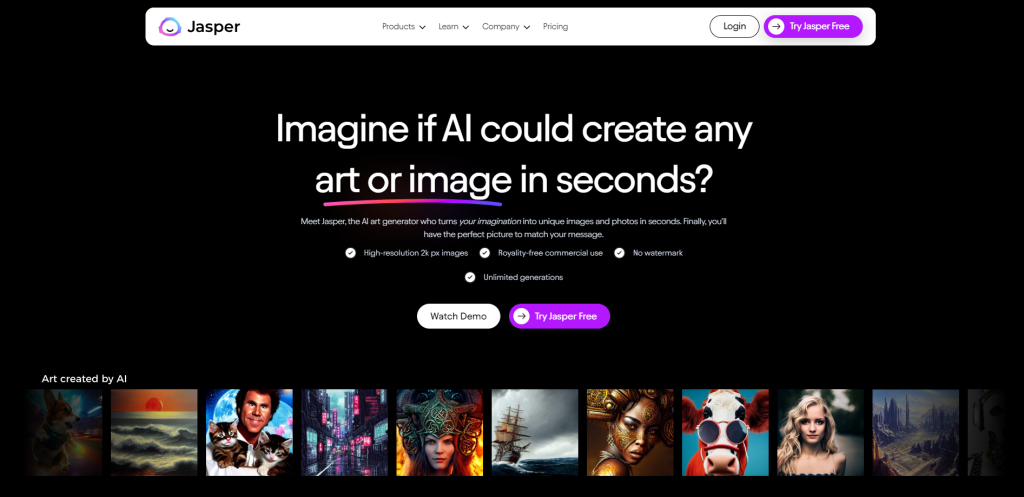
In addition to these major products, Jasper offers several other features meant to support companies looking for on-brand messaging suggestions. One of them is the Language Translation feature that enables businesses to translate content effortlessly into different languages using AI models trained for this purpose.
Jasper also provides a Template Library featuring pre-built templates covering a range of business needs such as blogs, product descriptions, email newsletters, and so on. Brands can customize these templates to reflect their voice and style, simplifying content creation.
Advantages of AI-Powered Content Creation
The advantages of AI-powered content creation are many. It can help businesses create more content in less time and at lower costs than doing so manually. Moreover, it offers a new, innovative way to generate messaging that resonates with customers on an emotional level.
Improve content quality
Using AI-powered tools like Jasper and GPT-3 can also improve the quality of content produced – by ensuring consistent messaging across different channels. By automating repetitive or routine tasks like tagging photos, transcribing audio files, or summarizing articles, businesses can focus on the higher-level creative tasks that require human input.
At its core, AI-powered content creation excels because it can make better use of data than humans are capable of doing. Thanks to modern machine learning algorithms, AI models can analyze vast quantities of structured and unstructured data very quickly, identify patterns and relationships that would be impossible for a human to notice. This allows such models to craft language that is optimized for maximum engagement with target audiences.
Automate tasks
Another advantage of AI-powered content generation lies in its ability to automate tedious research-based tasks such as keyword analysis and audience profiling. With Jasper and GPT-3, marketers can ensure they tailor their message precisely to the target demographic resulting in better conversions.
On the other hand, using On-Page AI‘s Topical Keyword Search tool, you can quickly discover untapped and profitable keywords to use in your content. With its Auto-Optimize feature, you can also automatically make your articles search engine friendly and reach more targeted traffic.
Improve branding
Finally, by using AI tools for content creation, brands can improve the accuracy and consistency of their voice across channels. A brand’s messaging may change depending on various factors such as the tone of a social media post versus an email or blog post. However, employing an AI model–such as Jasper or GPT-3–that has been tuned according to a company’s desired tone-of-voice beforehand allows all marketing materials from any given channel will remain consistently on-brand while remaining personalized for optimum relevance.
Limitations and Concerns with OpenAI

As powerful as AI-generated content may be, there are still several limitations and concerns associated with it. These need to be addressed before businesses can fully unlock the power of AI for content generation.
One of the main concerns about AI-generated content is its potential to produce biased or even harmful content that could have serious consequences. While it’s true that humans can also produce biased or harmful content, AI’s ability to scale makes this a bigger concern with AI-generated content. If not monitored carefully, AI could inadvertently reproduce negative stereotypes and prejudices. This highlights the importance of human oversight when using AI for content generation.
Another major limitation of current AI technology is its inability to interpret context and understand nuances in language. While machine learning algorithms can recognize patterns in data, they can’t always grasp the contextual meaning behind certain words or phrases. This can result in awkward phrasing, grammatical errors, and even offensive language.
Some experts argue that these limitations make it impossible for AI-generated content to replace human-generated content entirely. They believe that while AI can help automate certain aspects of content creation, it will never fully replace the creativity and nuance of human writers. Others argue that as AI technology continues to evolve, so too will its ability to create natural-sounding and high-quality content.
To put it into perspective, think of AI-generated content like a chef’s assistant in a professional kitchen. While the assistant can help chop vegetables and prepare ingredients faster, they still don’t have the same intuition and creativity as the head chef. The head chef has years of experience crafting unique recipes and flavor combinations that an assistant simply couldn’t replicate.
Lastly, there are valid concerns around the accuracy and authenticity of AI-generated content. While machine learning algorithms can analyze large amounts of data, they are only as accurate as the input data itself. If the AI is fed inaccurate or biased data, it will produce equally flawed content. This raises questions around how businesses can ensure the accuracy and trustworthiness of AI-generated content.
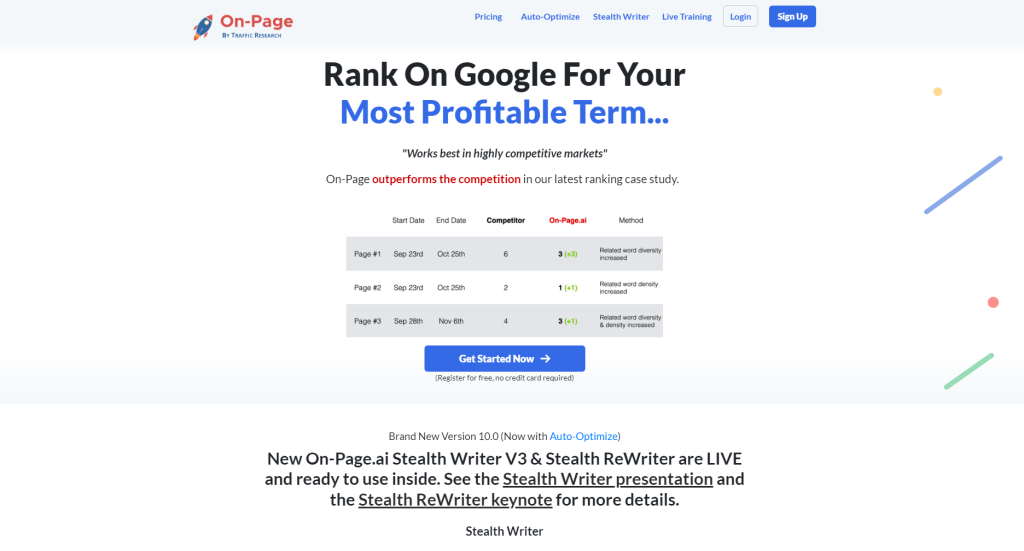
Despite these limitations and concerns, there is still tremendous potential for businesses to unlock the power of AI for content generation. However, businesses should exercise caution and take necessary steps to mitigate these concerns before fully relying on AI-generated content.
That’s why I recommend On-Page.ai for businesses looking to automate their content creation process. With its advanced AI-powered tools for on-page scanning and stealth writing, On-Page AI helps eliminate some of the concerns around biased language and poor context interpretation while allowing human oversight in the process.
If you’re looking for a great alternative to OpenAI, On-Page.ai is your best bet to effectively automate your content creation and optimization process. Sign up now to get started!

